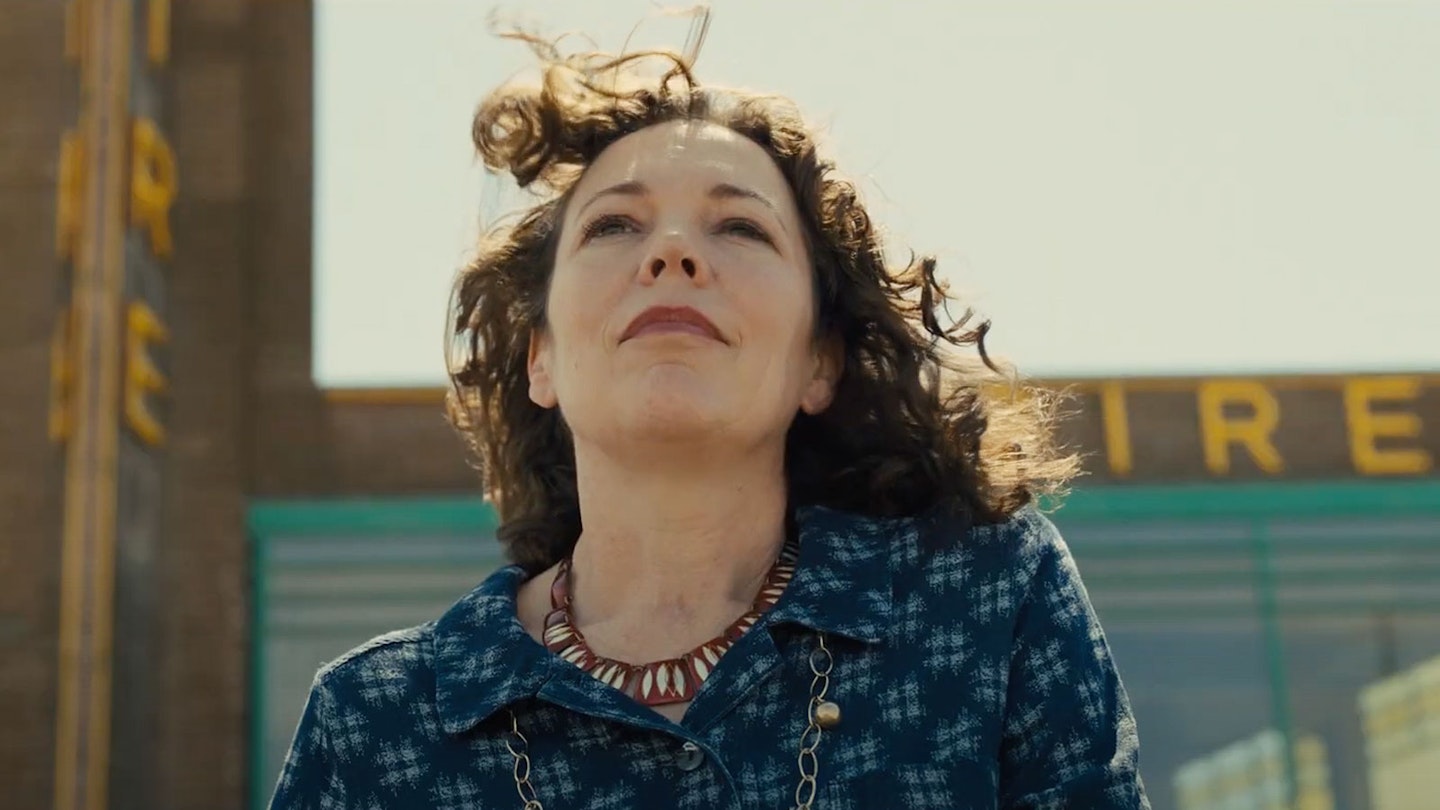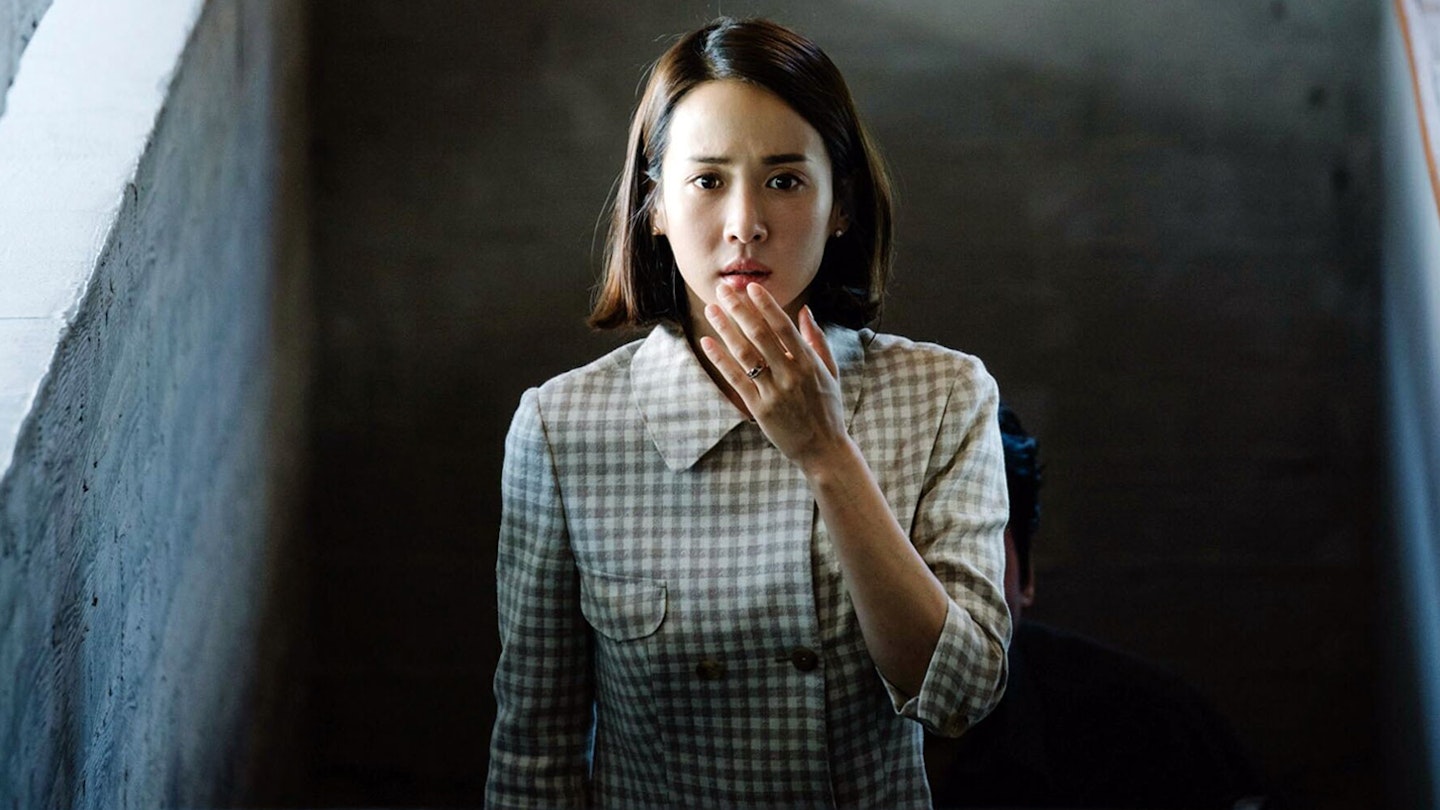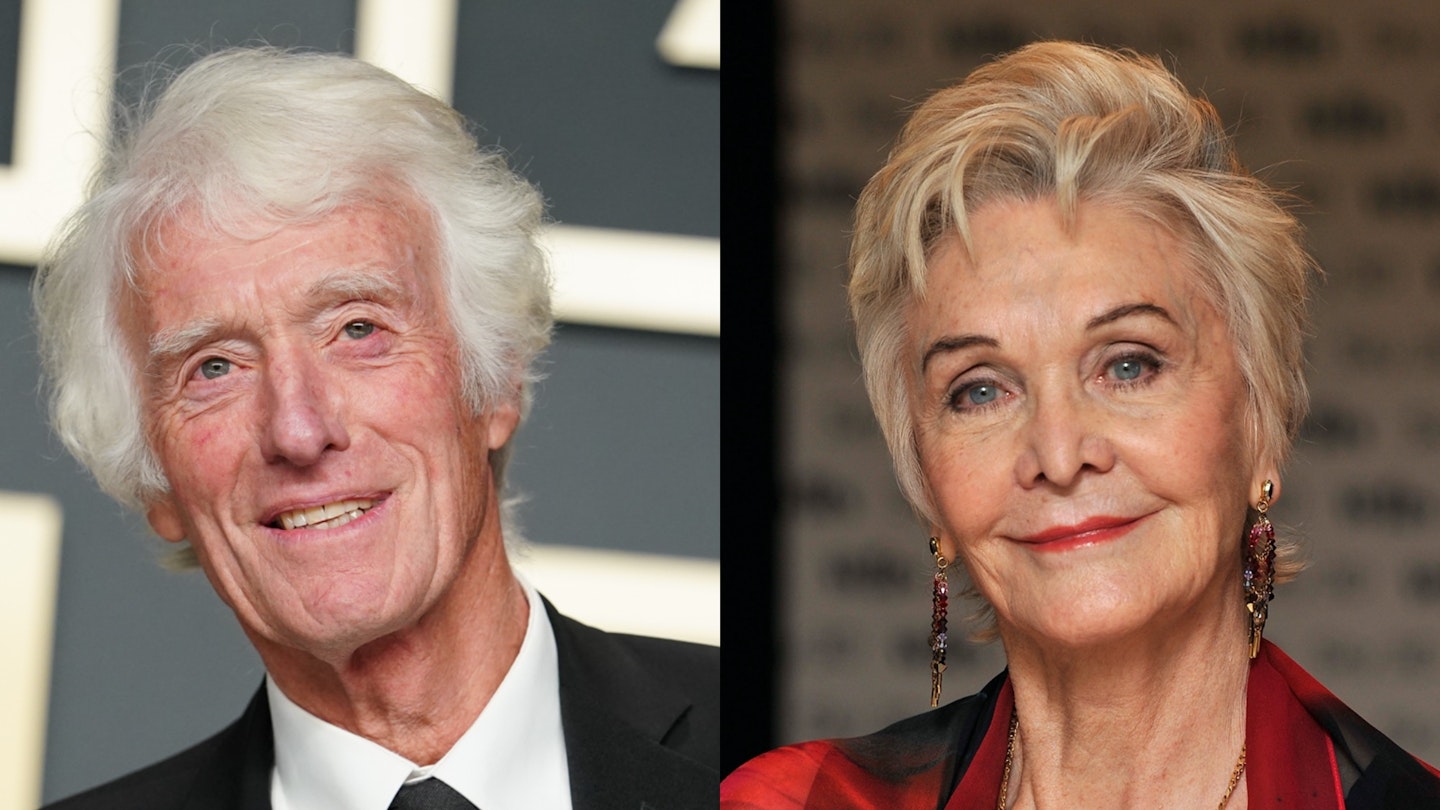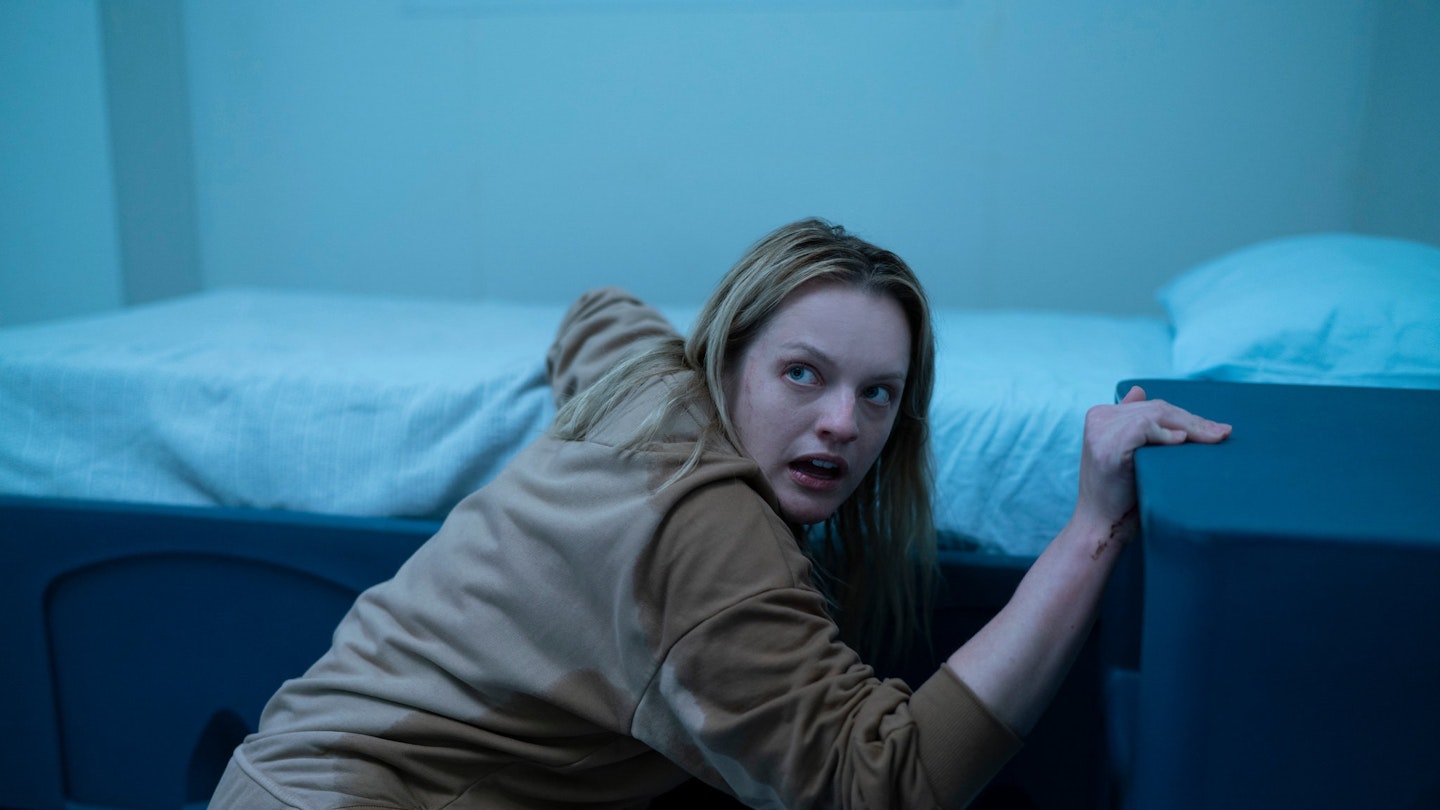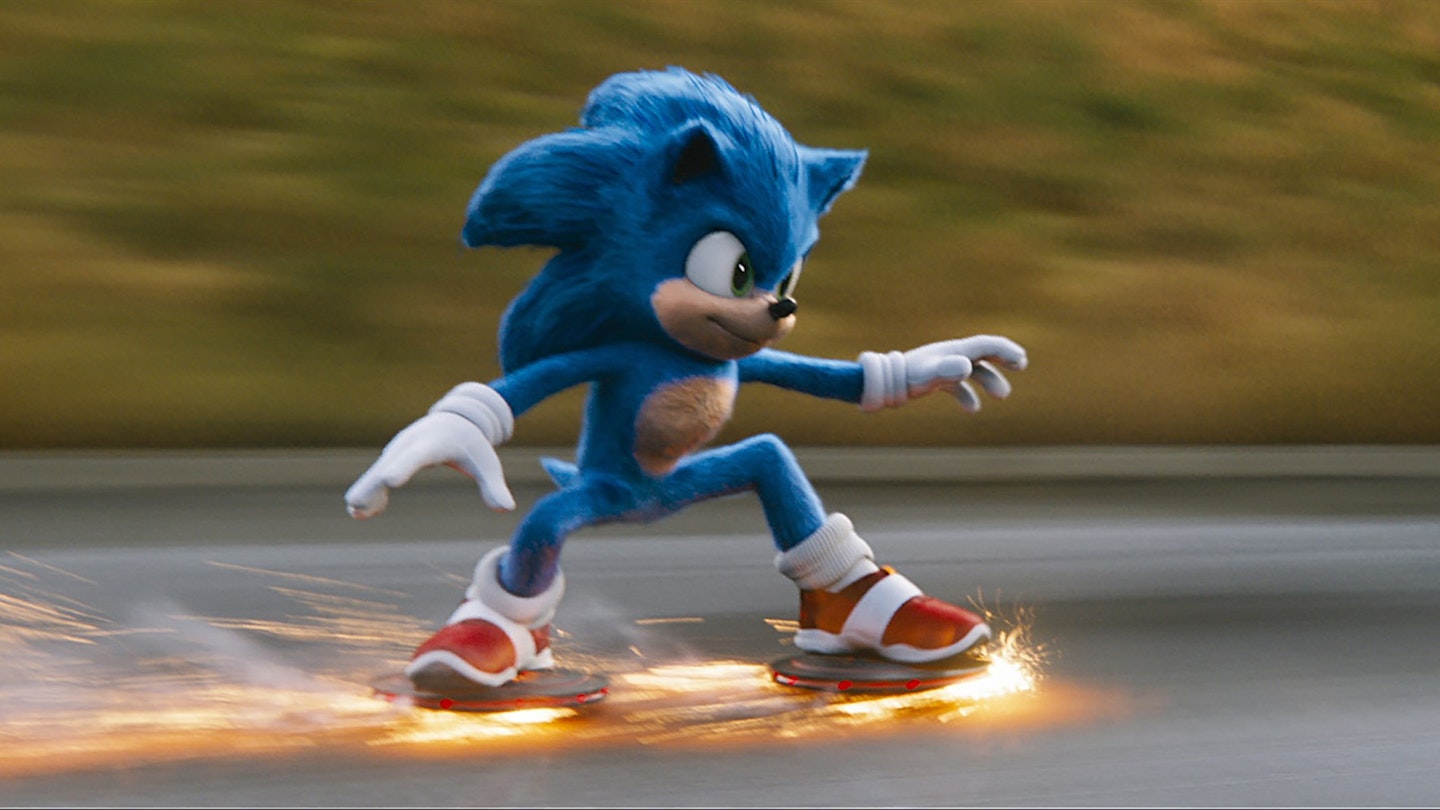Talk of a tracking shot might usually merit a sentence or two in a film review. A paragraph maybe. Even with Alejandro González Iñárritu’s Birdman, which presented itself as an unbroken take, the technique was just one of a handful of talking points. But 1917’s camerawork engulfs the film. It’s supposed to. While not quite pretending to be a continuous long take, there is only one blatantly obvious cut. Aliens who have no comprehension of our ways, let alone cameras, would leave the cinema talking about this tracking shot. That’s what the film is. Format is front and centre. For the most part it pays off.
We’re aware of it within a minute, travelling through the trenches with young corporals Schofield (MacKay) and Blake (Chapman), trudging through the slush, being pushed and shoved by other soldiers — we’re in the melee from the off. Summoned to a meeting, the two men are told that they are to deliver a message to the 2nd Battalion of the Devonshire Regiment. The 1,600 troops, due to attack some supposedly retreating Germans, will be ambushed if they’re not warned: the enemy, the British general (Colin Firth) has learned, have excellent artillery and defences. They want to be attacked.
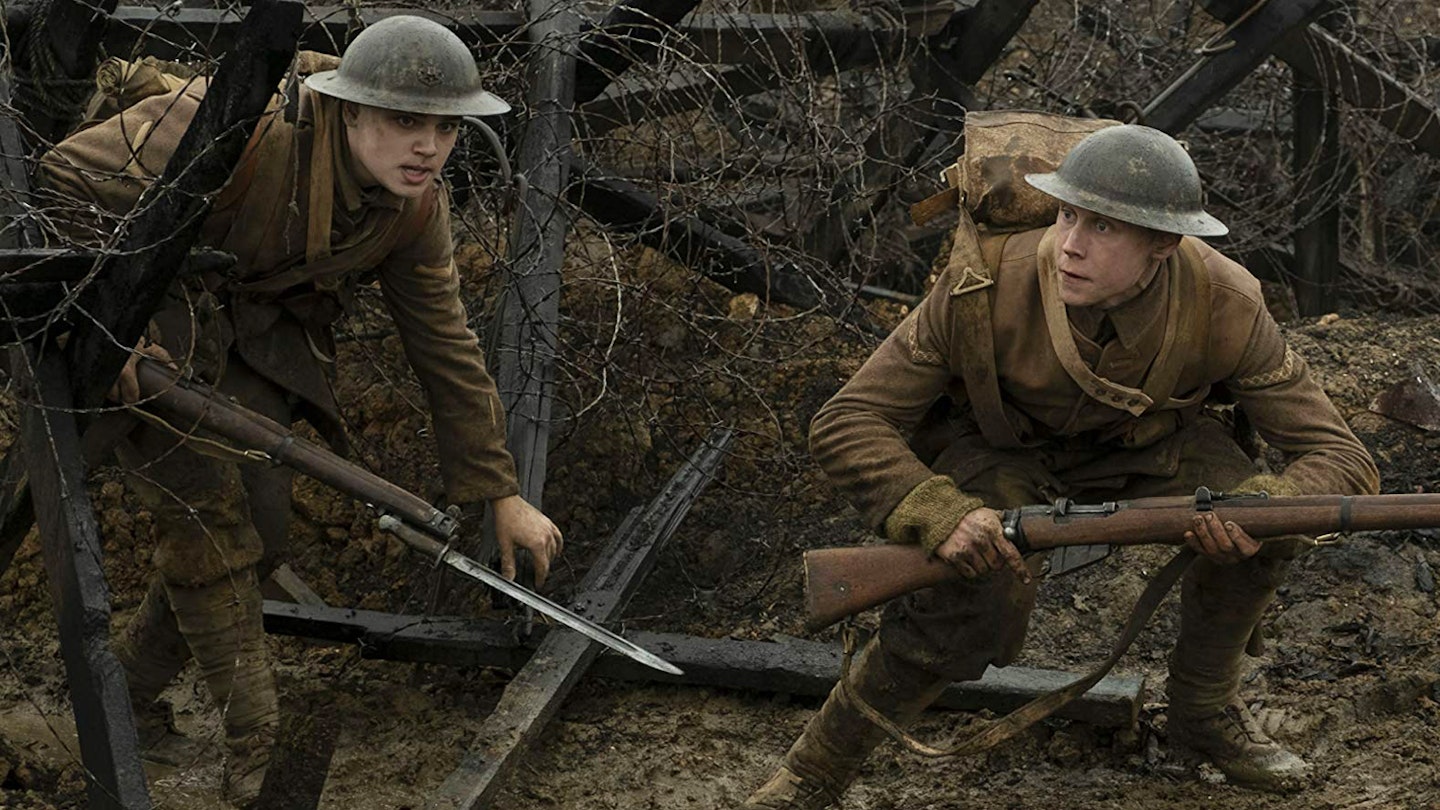
Schofield and Blake are charged with setting off over the frontline, through German territory and across the countryside to give the word. In a frankly sadistic move by his superiors, Blake, who is asked to pick an accompanying partner before being briefed, is chosen because his older brother is with the 2nd Battalion, at risk of imminent death. Blake, then, has some extra skin in the game, and the red mist quickly rises. This potential suicide mission is totally doable, he says. Why, then, asks Schofield, have they been given grenades?
The film is thick with atmosphere. Twenty minutes in, as Schofield and Blake leave the trenches, Mendes gives them a rude awakening — a portent of what’s to come, perhaps. Due to the insanity of the war — the horror and the madness — there’s a surreal quality to much of 1917, and for a large part of it the corporals’ quest feels like a dark The Wizard Of Oz or The Lord Of The Rings — they are Sam and Frodo heading into Mordor, and soon after setting off they find themselves in a Hieronymus Bosch hellscape. Here, as with many of its sequences, 1917 excels, every camera move paying off. It’s a grim spectacle, but an incredible one.
With Thomas Newman’s score providing a creeping dread, here we find flies buzzing around horse carcasses and rats scuttling over human corpses, the faces of the soldiers all but eaten away. It’s a waking nightmare, no less so because of the unforgiving daylight. No mood lighting required. That comes later, when cinematographer Roger Deakins really goes for it. In a town bombed to bits, aerial blasts light the place up, making for a ghostly terror. There are some staggering landscapes in this film. The hell of war is production-design heaven. A playground of the damned.
It may often be one long shot, but it’s never static, never boring. You can only imagine the choreography involved.
Schofield’s bloodied hand, torn up from a mishap with some barbed wire, is the least of his worries. “Patch it up,” says Blake. “You’ll be wanking again in no time.” It’s a tall order to keep things moving when the film slows down, as it does intermittently — the conversation needs to be compelling and while it isn’t always, MacKay and Chapman are both great, both convincing, both immensely likeable. There’s barely any backstory — as with Christopher Nolan’s Dunkirk, it’s all about the here and now. Jeopardy comes quickly, and you care.
There is less banter as events become graver. Needless to say, as 1917 goes on, things don’t get any happier. Volume-wise, Mendes’ crew matches it accordingly: the audio is often unforgiving. There is grandeur to Newman’s score, in awe of the apocalypse of it all, and the sound design is off the hook — biplanes roar over us, deafeningly. The cinema seats shake. Much of the action is nail-biting.
There is little respite. Clearly, Mendes wants the camerawork to immerse us in the action, and it does. The camera ducks and dives gracefully, swooping around balletically — it may often be one long shot, but it’s never static, never boring. You can only imagine the choreography involved. This is a film that has been meticulously planned, to the inch, to the millisecond. Unfortunately, though, you feel that. Everything is in exactly the right place at exactly the right time and events unfold in neat succession. At times it feels like an installation we’re being led through to experience the horror of war.
The technique is a self-imposed challenge for Mendes — everything we see has to suit the conceit. It can be done — it worked gangbusters only last year, in the Norwegian film about the 2011 Anders Breivik massacre, Erik Poppe’s Utøya: July 22, a horribly tense (supposed) unbroken 90-minute take. That, though, was far more naturalistic than this, the camera bringing far less attention to itself. 1917 feels stylistically contrived, and as such, it’s often not as immersive as Mendes might like.
The same goes for the narrative. Despite the film’s heart, sincerity and intention, it is essentially a string of set-pieces: What’s going to happen next? Which terrain will we visit? What sort of attack will we see? After a strong first half it becomes less engaging — at its weakest, it feels a bit like a Tomb Raider game, the thrills and spills slightly superficial, the action in service of the camerawork. There is little complexity overall and it’s not particularly thought-provoking. And yet, there is no questioning the skill and the film is often breathtaking. By the end if it all, you feel like you’ve taken a beating — as it hits its climactic stretch, it’s the business.
This is the first screenplay Mendes has written — in fact, he co-wrote it with up-and-coming Scottish writer Krysty Wilson-Cairns (who contributed to the Mendes-exec produced Penny Dreadful). Yet if his films share anything approaching a worldview, it’s a sort of cynicism — and 1917 only adds to that. There’s nothing rousing here, no grandstanding. There is hopelessness throughout, just little slithers of light shining through the murk. Any humanity on display is constantly bludgeoned. Which is fitting, all things considered.
Almost everything you’ve ever seen in a war film is here. But never quite like this. It is very much a stylistic exercise, but if you’re going to do that, you have to really go for it. And 1917 really, really goes for it.

